Furnace Blowing Cold Air: A Homeowner’s Troubleshooting Guide
Homeowners live in a huge range of climates, and every house is different. Turning on your furnace universal, though. No matter who you are or where you are, the last result you want is a blast of cold air.
 What could be behind this sort of mechanical betrayal? Lots of things! There are many issues that can push down the temperature of the air your furnace emits, and some of them can be easily solved without professional assistance.
What could be behind this sort of mechanical betrayal? Lots of things! There are many issues that can push down the temperature of the air your furnace emits, and some of them can be easily solved without professional assistance.
Before you get on the phone to your preferred HVAC experts, here are four solid pieces of furnace troubleshooting advice:
Check The FAN Setting On Your Thermostat
If your heating system seems to alternate between hot and cold air, the culprit might be a blower fan running full time.
Check your thermostat’s fan setting. If it’s turned to “ON,” your heating system’s blower will be running around the clock, whether or not your furnace is actually warming up the air in the system. This can easily produce chilly air currents at unwanted times.
To solve this problem, simply set the fan to “AUTO” on your thermostat. This will link the blower to the furnace so that it only pushes out air when the furnace is running.
Check The Air Filter Of Your Furnace
An old, dirty, clogged-up filter can cause your furnace to blow cold air.
This happens because your furnace relies on a steady flow of air over its heat exchanger. If that airflow is impeded by a clogged filter, an automatic filter may be shutting your burners off to prevent damage. Allowing the heat exchanger to get too hot could cause it to crack.
To fix this problem, check the furnace filter and replace it if it’s dirty. You’ll need to shut your furnace down (at the thermostat) first. Note that resetting the furnace may require professional assistance.
Check Your Pilot Light
In older-model furnaces, the burners need a standing pilot light to switch on. If the pilot light has been extinguished, the heating system won’t function.
You can relight your pilot with this simple procedure:
- Turn your furnace off.
Switch your thermostat to the “OFF” position. - Locate the plot light and reset switch.
These pieces of equipment are usually at the bottom of the furnace. If you’re having trouble finding them, check your manual. The furnace reset switch is typically behind an access cover you’ll need to open. The switch will have three settings: PILOT, OFF, and ON. - Set the reset switch to “OFF” and wait 5 minutes.
This step shuts off the gas flow. You need to wait to let any remaining gas dissipate. - Set the switch to “PILOT” and press it down.
This restarts the gas flor to the pilot light. - While holding the switch down, hold a lighter at the pilot opening.
When the gas catches and the flame lights, you should see a steady blue flame. If it’s working properly, it should hit the furnace’s thermocouple (a small copper bar) right in the middle. - Set the switch to “ON.”
This will allow your furnace to function properly. - Turn your furnace back on at your thermostat.
Set the thermostat to “HEAT” again. Start with the temperature setting 5 degrees below your normal room temperature and check for hot air.
If Your Pilot Light Won’t Light Or Hold A Flame
If the pilot light isn’t functioning properly, you need professional help. The problem may be a broken thermocouple (which is a cheap, fast repair) or something more serious.
Check Your Condensate Line
If your home has a more modern, high-efficiency furnace, you may have a condensate line blockage. The blocked line will cause your furnace to shut down automatically. The telltale sign of a blockage is puddled water around the furnace.
High-efficiency furnaces produce water (the condensate) while they’re running. This has to drain out of the furnace, typically through a PVC pipe. If water can’t leave, it will trigger a kill switch and shut down the furnace so that the water can’t damage it.
Condensate lines can be blocked by dust, dirt, mold, or (if the line runs through an uninsulated area) ice. Your furnace may also suffer condensate overflow if its condensate pump breaks down. This is another problem that requires a professional fix.
You can use this in-depth Energy Vanguard tutorial to help you unclog a condensate line. If your line is being clogged with ice, use pipe insulation and heat tape to wrap it where it runs through unconditioned spaces.
Contact us now or call us today for more information!

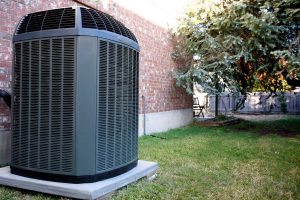 If your furnace is shutting down, then the exchanger could be the culprit. The furnace shuts itself down when the exchanger overheats. This is to protect it from cracking.
If your furnace is shutting down, then the exchanger could be the culprit. The furnace shuts itself down when the exchanger overheats. This is to protect it from cracking. Do you trust that your contractor will answer the HVAC questions that you have honestly? When you are looking for an HVAC service provider to repair broken equipment, do preventative maintenance or install your new unit, we know you will have some questions that you need answers to. Over our many years in business, we have been able to figure out the top HVAC questions that people are wondering about but are not comfortable to ask. That might be due to the fact that you don’t think you will get an honest answer from a service provider who only wants to sell services to you.
Do you trust that your contractor will answer the HVAC questions that you have honestly? When you are looking for an HVAC service provider to repair broken equipment, do preventative maintenance or install your new unit, we know you will have some questions that you need answers to. Over our many years in business, we have been able to figure out the top HVAC questions that people are wondering about but are not comfortable to ask. That might be due to the fact that you don’t think you will get an honest answer from a service provider who only wants to sell services to you.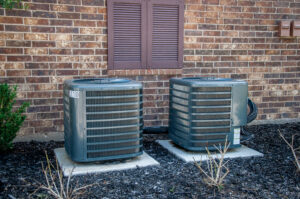 Deep Cleaning At Least Once Every Week
Deep Cleaning At Least Once Every Week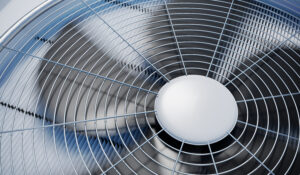 The good thing is that it is not hard to fix this problem. Below are
The good thing is that it is not hard to fix this problem. Below are 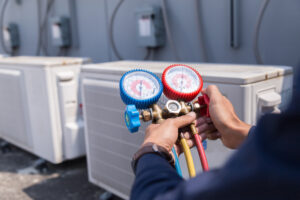 Living with a bad smell isn’t just unpleasant, it can actually cause ongoing physical symptoms such as headaches.
Living with a bad smell isn’t just unpleasant, it can actually cause ongoing physical symptoms such as headaches.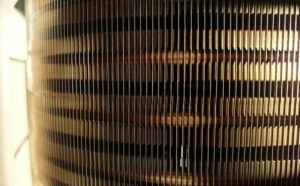 The benefits of a heat pump start getting interesting when you find yourself in need of a replacement air conditioner or even an all-new HVAC system. Under the right circumstances, a heat pump can replace an air conditioner and even a heating system at the same time. You have to have a clear understanding of your needs and the capabilities of a heat pump before deciding whether or not one’s right for your home.
The benefits of a heat pump start getting interesting when you find yourself in need of a replacement air conditioner or even an all-new HVAC system. Under the right circumstances, a heat pump can replace an air conditioner and even a heating system at the same time. You have to have a clear understanding of your needs and the capabilities of a heat pump before deciding whether or not one’s right for your home.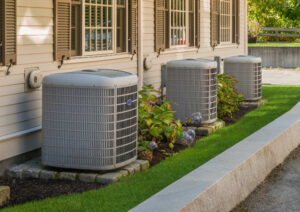 Smart Speaker Compatibility: includes working with Amazon Echo, and Alexa devices (it requires Insteon Hub)
Smart Speaker Compatibility: includes working with Amazon Echo, and Alexa devices (it requires Insteon Hub)